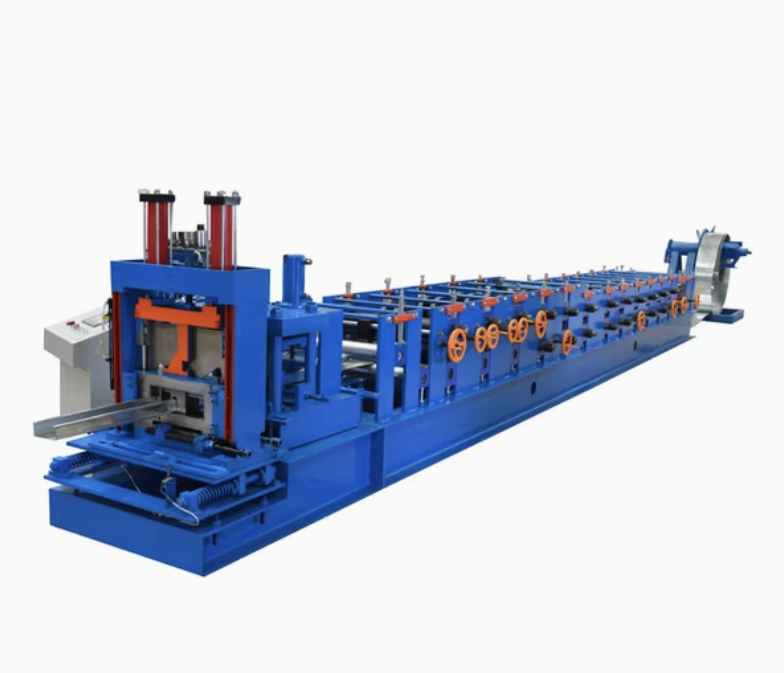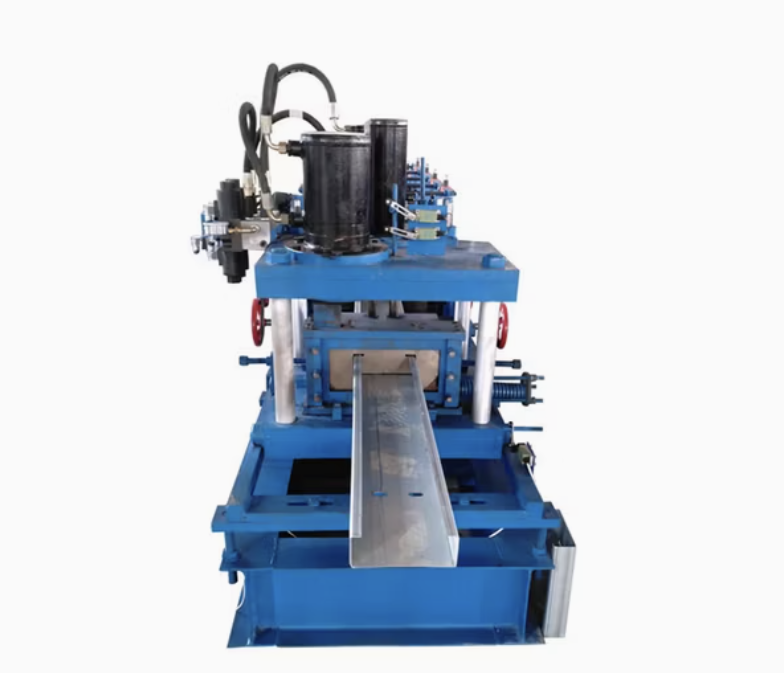To express an interest in this machine please submit the form below.

Not Sure What Machine You Need?
Select Your Profile, We'll Match It
Choose your desired profile drawing, and let Machine Matcher connect you with the best roll forming machine tailored to your needs.
Browse Profiles


A Purlin Roll Forming Machine is an industrial machine designed to produce metal purlins, a structural element used in roofing, wall structures, and other load-bearing applications. Typically shaped in C or Z profiles, purlins offer essential support in building structures, and their demand is particularly high in construction projects due to their robustness, lightweight design, and ease of installation. This machine uses a continuous bending operation to form these profiles from metal coils, allowing for high efficiency and consistency in manufacturing.
A Purlin Roll Forming Machine is a specialized equipment built to manufacture purlins in a variety of sizes and profiles. The machine operates on cold roll forming principles, where metal strips or sheets are fed into the machine from a coil and then progressively bent through several rollers until they form the desired shape. This process is highly efficient, making the machine suitable for mass production in the construction industry. Additionally, purlin roll forming machines can be set to automatically adjust the profile sizes and thicknesses, ensuring flexibility for different project requirements.
Here is a detailed list of specifications commonly found in modern purlin roll forming machines:
Purlin profiles are essential in building infrastructure. The machine's flexibility to create different profiles makes it versatile for various construction needs:
Q1: What types of purlin profiles can the machine produce?
The machine can typically produce C, Z, U, and sometimes L profiles, with adjustable dimensions to meet various structural requirements.
Q2: What materials are compatible with this machine?
Most purlin roll forming machines are designed for galvanized steel, mild steel, and high-strength steel, with material thicknesses ranging from 1.5mm to 4.0mm.
Q3: How fast is the machine in terms of production rate?
Production speed varies, but most machines can produce between 15 to 25 meters of purlin per minute, depending on profile complexity and material thickness.
Q4: Is it possible to adjust the profile size without changing the machine setup?
Yes, many purlin roll forming machines are equipped with adjustable systems that allow users to change profile sizes easily via the PLC control without a complete reconfiguration.
Q5: What is the average power requirement for this machine?
Power requirements typically range between 7.5kW and 22kW, depending on the machine's size and capacity.
Q6: Are there any safety features included in the machine?
Yes, purlin roll forming machines often come with full or partial safety guards and emergency stop functions for operator safety.
Q7: Can this machine handle customized hole punching?
Absolutely. Most machines are equipped with a servo-driven punching system that can be programmed for customized holes and slots as required.
Q8: What is the expected lifespan of a purlin roll forming machine?
With proper maintenance, a purlin roll forming machine can have a lifespan of 10–20 years, depending on usage frequency and operational environment.
Q9: How frequently should the machine be serviced?
Routine maintenance, such as lubrication and roller checks, should be performed weekly. More in-depth inspections and electrical checks should be conducted every six months.
Q10: Is training required to operate this machine?
Yes, basic training is recommended for operators to familiarize them with the PLC control system, material feeding, and safety protocols.
Copyright 2025 © Machine Matcher.